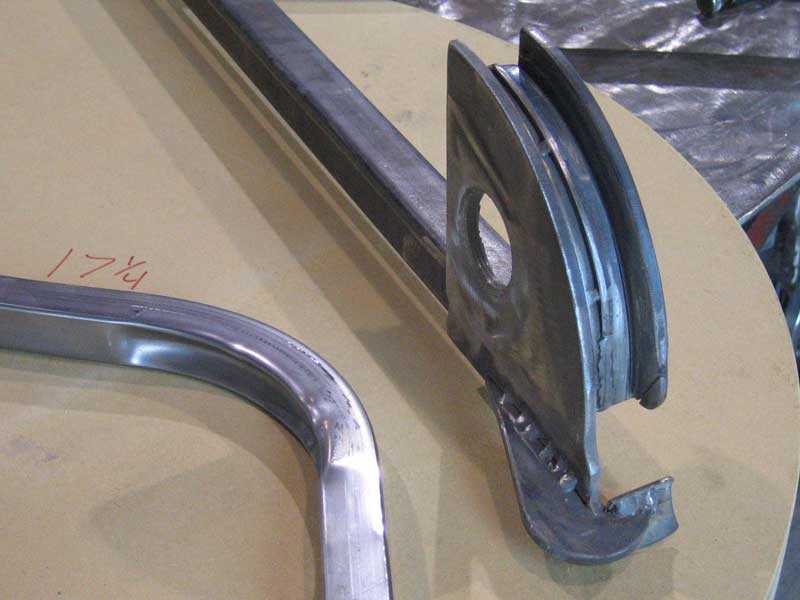I believe this is one of the more misunderstood and overhyped aspects of hobbyist chassis design. Yes, round is slightly stiffer than square per unit weight. However, square is stiffer for a given tubing size. There's the grand morsel of theory for everyone to beat to death, anyway.
But the real issue is not in theory but in practice. In order to use the chassis frame for anything, you will need to mount suspension, drivetrain, body, fuel tank, etc. and there's the advantage of square/rectangular tubing.
The exact point I was as trying to make - once you give up theoretical stiffness for practicality then apply the practicality logic throughout the chassis. That is why I think switching to round tubes in this part of the chassis might be the best overall solution.






















